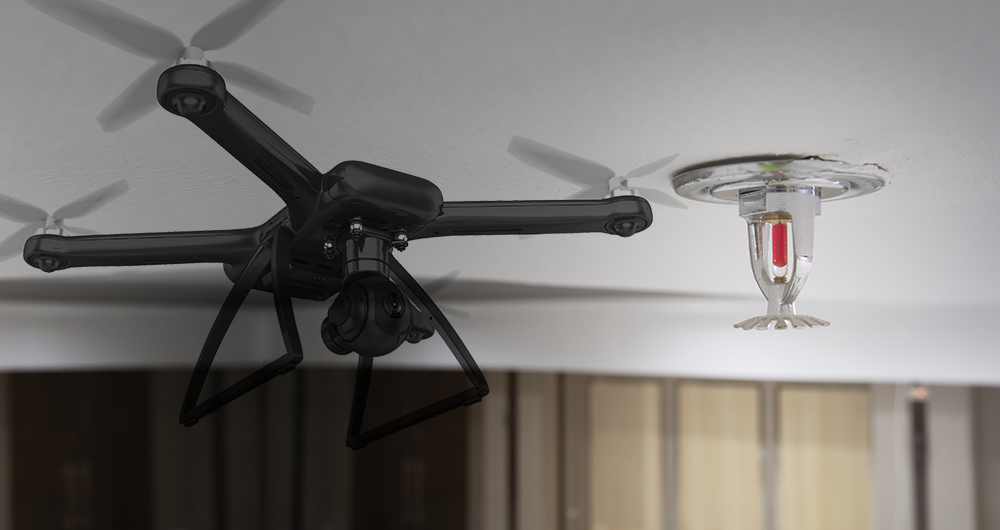Droning On About A Watery Loss
|

Hey, it’s time for a new In Action. We decided to discuss a lawsuit that revolves around who should be held responsible for a costly loss. Yeah, yeah, we know that determining a faulty party is at the heart of most lawsuits, but this dispute has a twist.
In this situation, an insurer paid the owner of a commercial apartment building for extensive water damage. A couple of tenants wrecked a fire sprinkler head while operating a drone inside their apartment. They insurance company then demanded they be reimbursed by the drone-loving apartment dwellers. There was a sticking point: the lease used the apartment building owner.
Click below to see how litigation resolved an important element – how did a lease provision affect determining who was ultimately responsible for the damages caused by the drone.
|
| |
Pinning Down Responsibility
|

Like many serious disputes, this situation went to the appellate level. The apartment building’s insurance company thought that the tenants caused the loss and should be held financially liable. They were thwarted by their state’s law that required rental leases to specify that tenants, when acting negligently, can be liable for resulting damage.
However, upon trial as well as appeal, the courts did not find the necessary language in their lease, so subrogation was not permitted.
Click here for information on subrogation which is a tool commonly used by insurance companies. It is from Emarketing found in Advantage Plus.
|
| |
Did Insurer Understand Their Insured?
|

In this loss, the insurance company and insured relationship may suffer. The insurance company dutifully paid the claim and then thought that, under the circumstances, they could rely on their insured’s lease provisions to recoup its claim payment.
The apartment building may be in danger of losing its coverage at the end of its policy’s expiration date. If it wasn’t obvious before the loss, it became apparent that the exposures covered by the insurer were significantly affected by the lease that applied to the insured’s tenants. It may have led to the insurer reassessing the risk posed by continuing to cover the apartment building. Though non-renewal may have been an option, the insurer may have chosen other options such as increasing deductibles or increasing premiums. It may have asked for other actions, such as a review of its lease agreement and requesting changes.
Click here to see a tool that may have been helpful in assessing the apartment owner’s experience and knowledge of its operations. It is from the Commercial Lines Survey. found in Advantage Plus
|
| |
A Broader View of Risk
|

No matter how much reverence you hold for the protective power of insurance (and that reverence is merited), the tool still has many limitations. Its effectiveness may need to be supplemented with other strategies, such as broader risk management.
Insurance professionals best serve their clients by broadening their perspective regarding the risks they face. Different strategies can be helpful to mitigate their exposures or to maximize how insurance is deployed.
This month’s case begs a couple of questions. One, why wasn’t the lease agreement scrutinized over the years of its use to assure that it operated as the apartment owners intended? Two, what requirements existed with regard to insurance carried by their tenants?
A risk manager’s attention to either or, ideally, both of these areas could have improved the outcome of the loss for all parties.
Click here for an article discussing the role of risk management. It is from the Practical Aids section of PF&M found in Advantage Plus.
|
| |
|
|
|